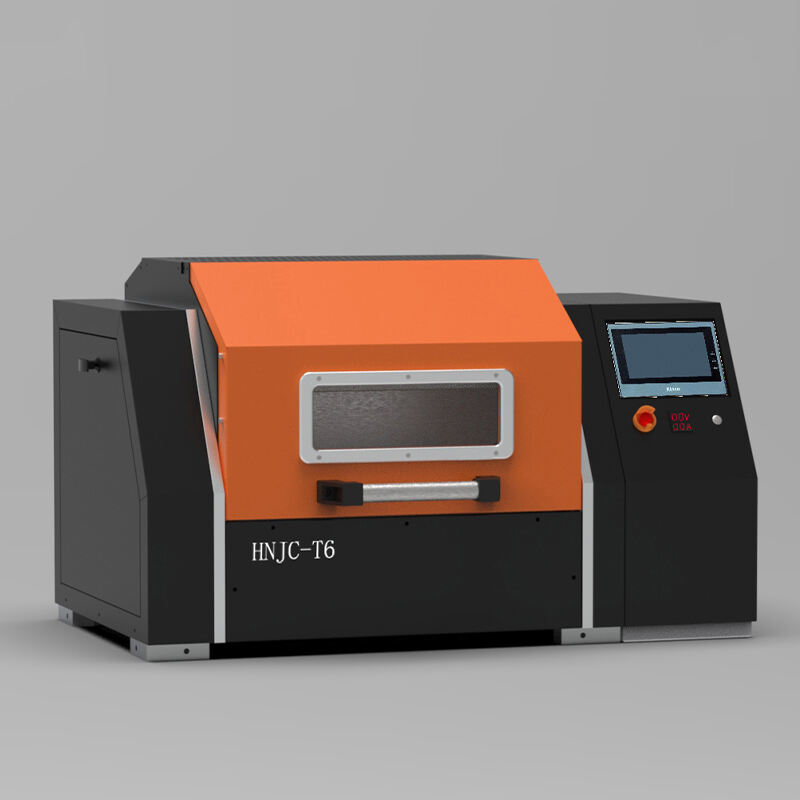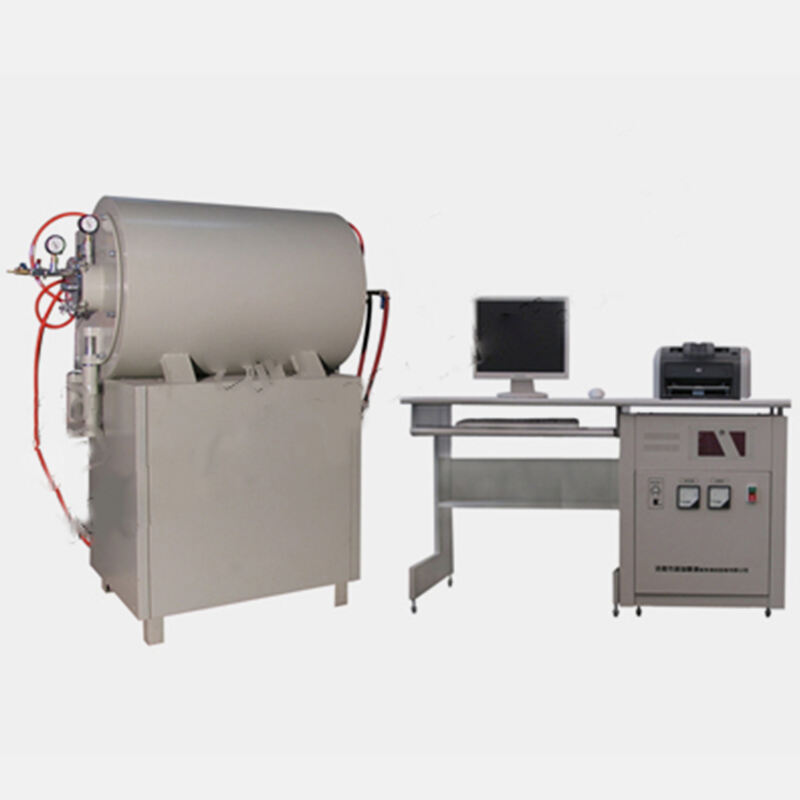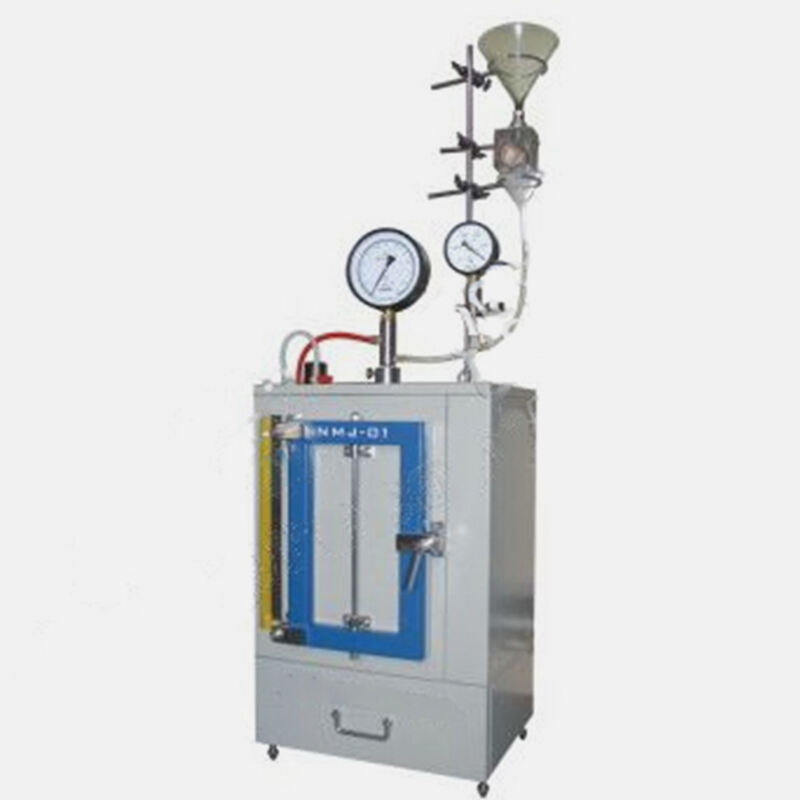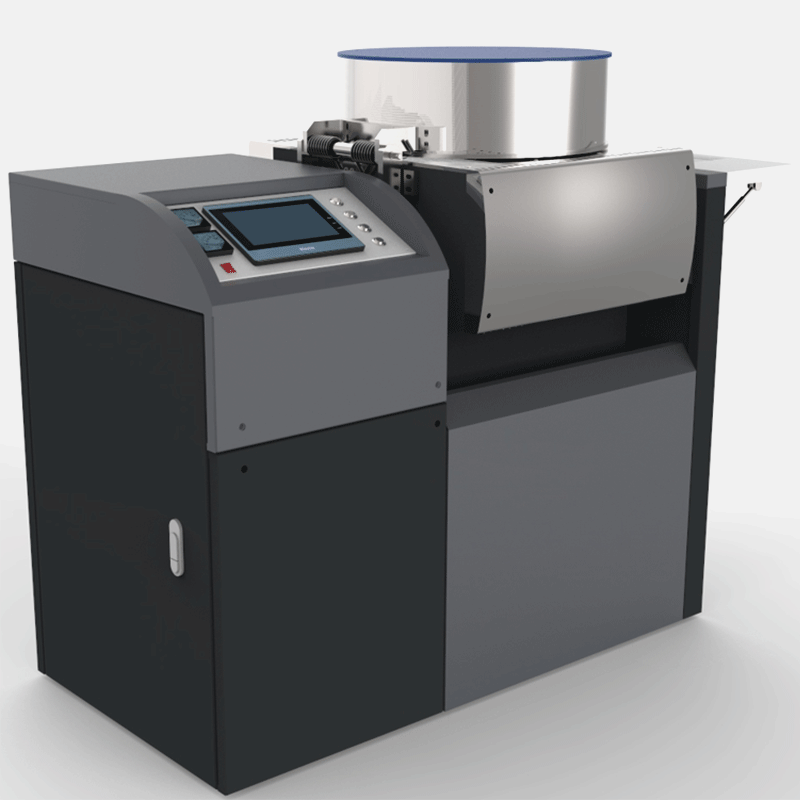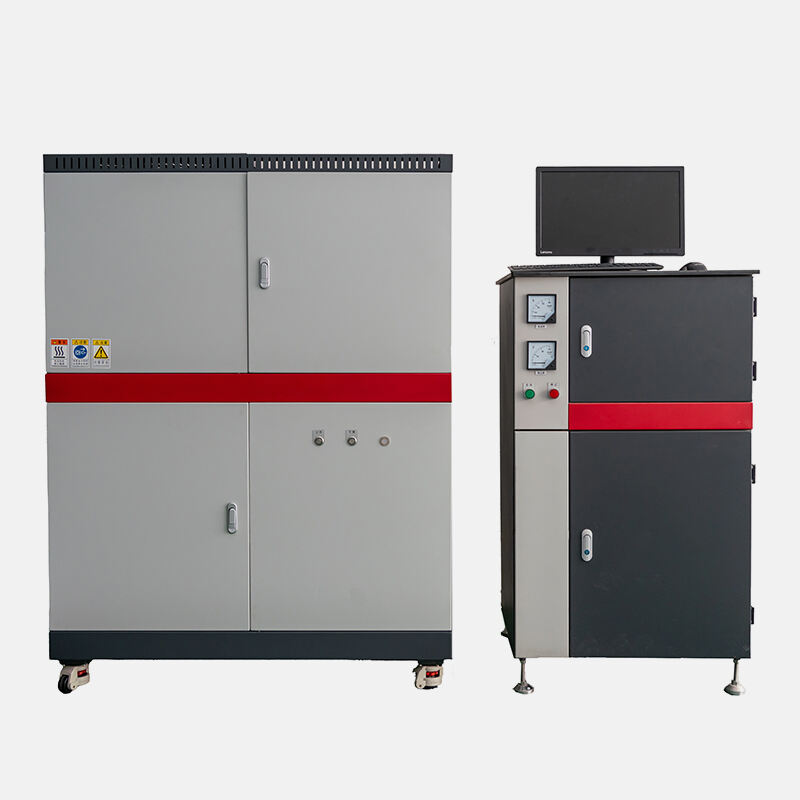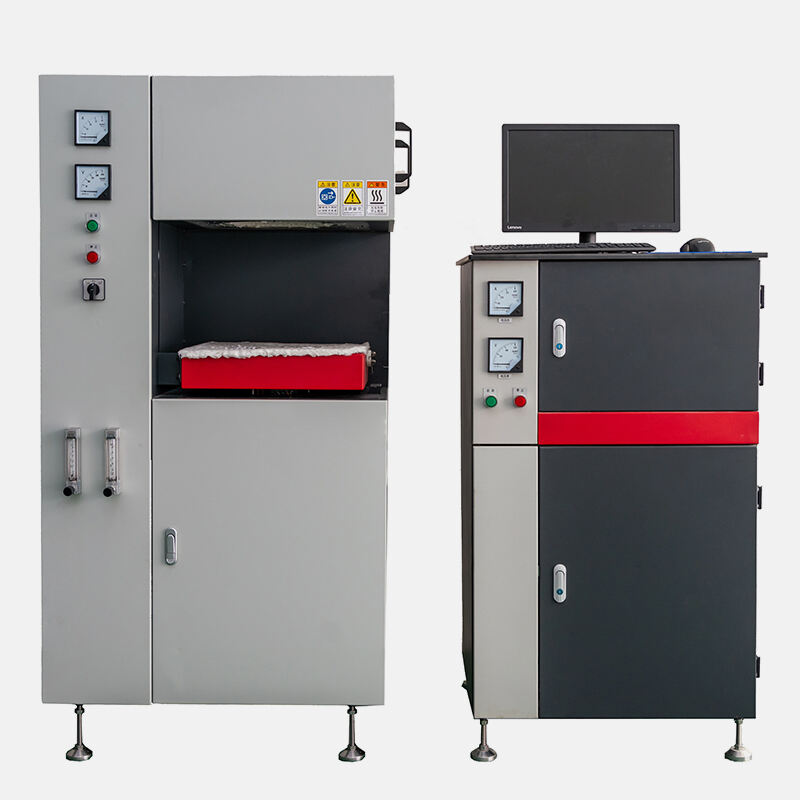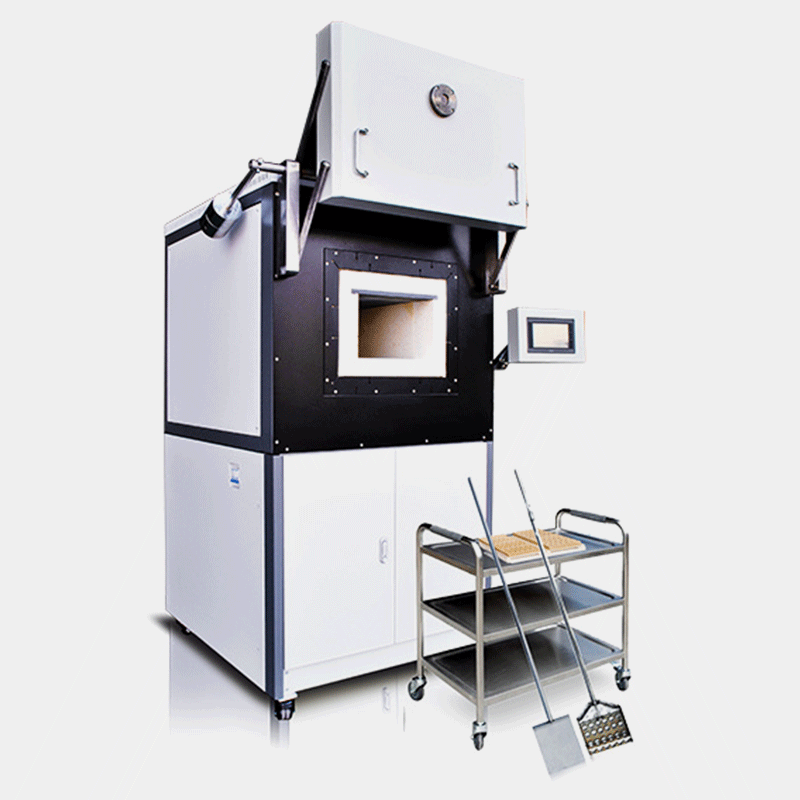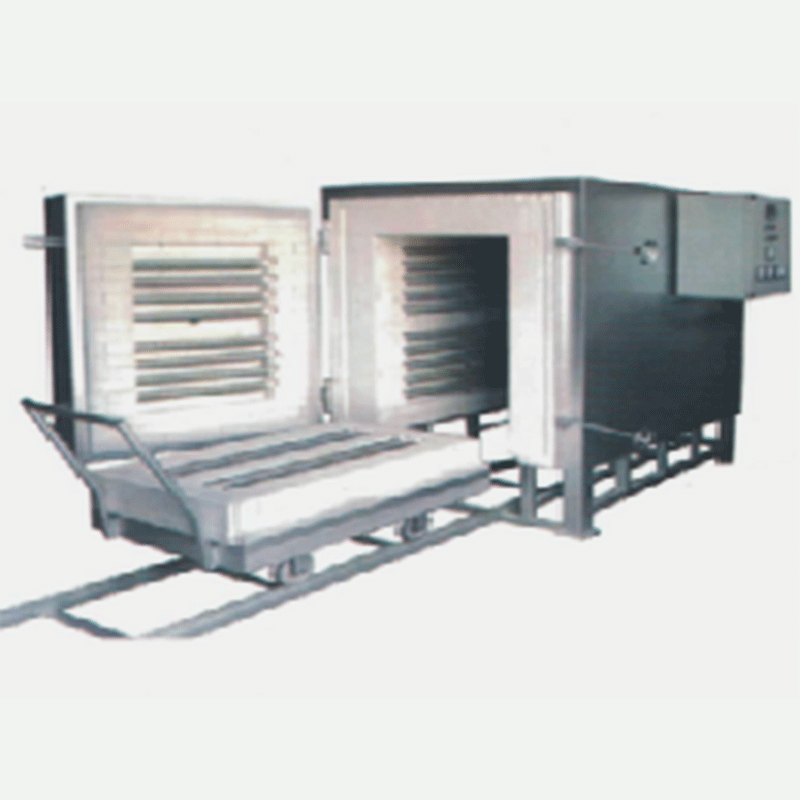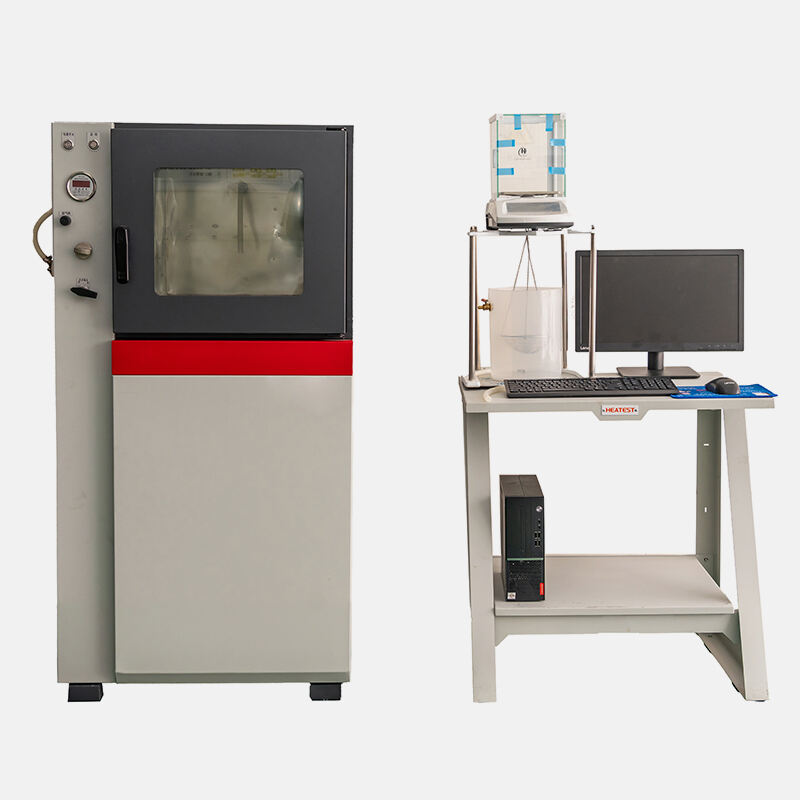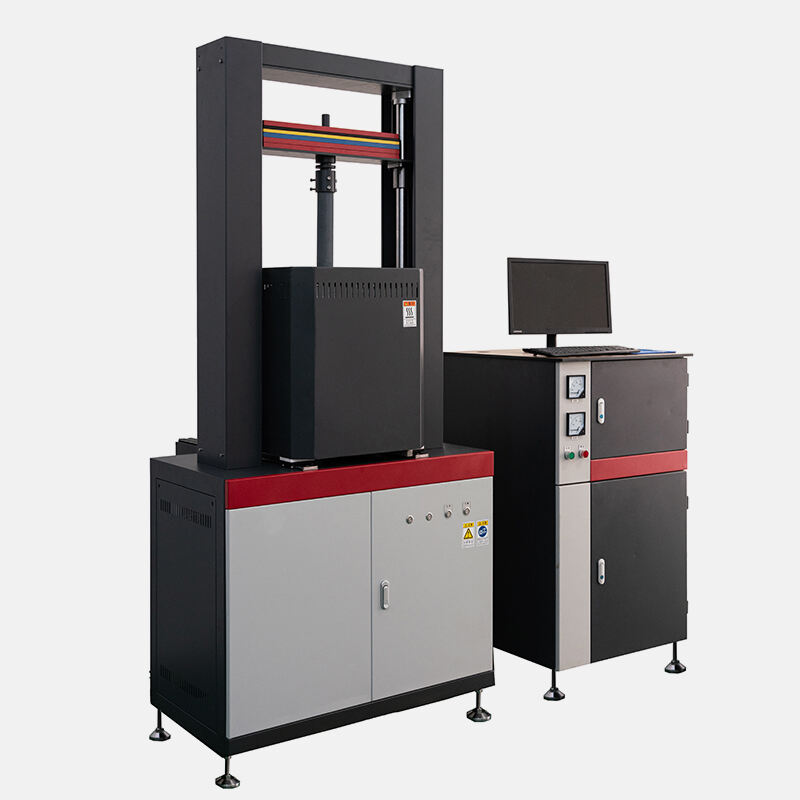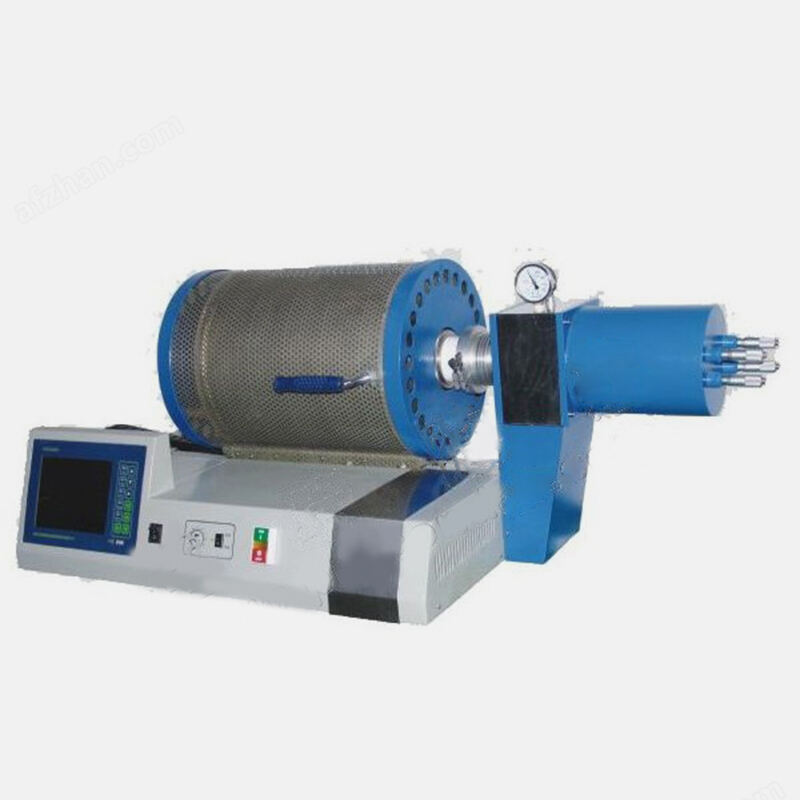Refractoriness under load (RUL) and creep in compression (CIC) testing machine common troubleshooting
A high-temperature creep tester is a crucial device used to test the creep properties of materials under long-term loads at high temperatures. Due to its complex operating environment and precision requirements, the device may experience some malfunctions during use. This article will describe common malfunctions and their solutions to help users quickly resolve them and ensure proper operation.
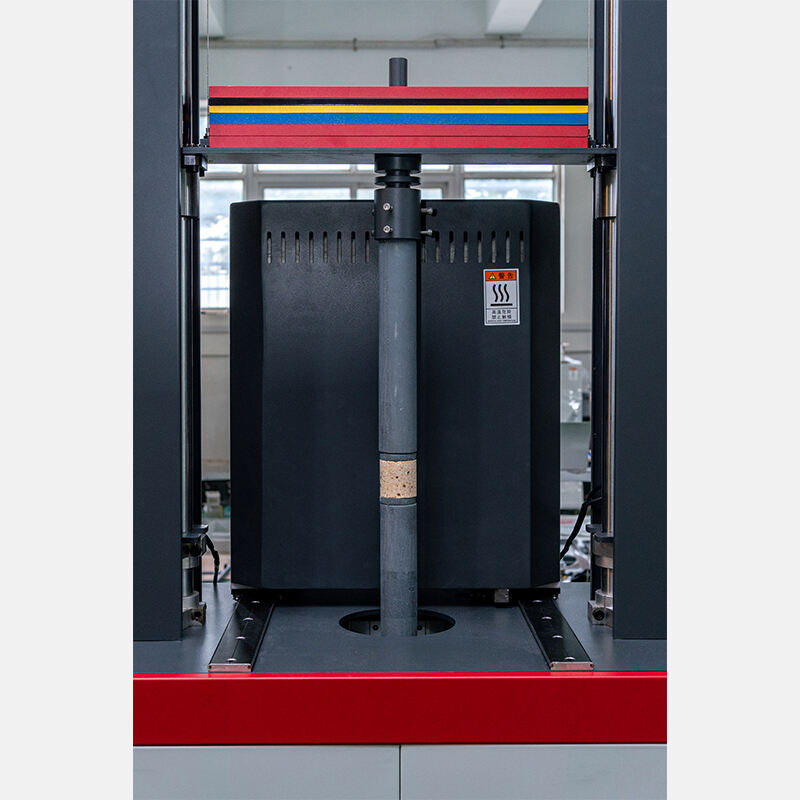
1. Unstable and fluctuating temperature control
Check the thermostat: First, verify that the thermostat is functioning properly and that its settings are correct to ensure accurate temperature feedback and regulation.
Calibrate the temperature sensor: The temperature sensor may have calibration issues, leading to inaccurate measurement data. Regularly calibrate the temperature sensor to ensure accuracy.
Check the heating element: Aging or damage to the heating element can reduce heating efficiency and prevent stable temperature control. Check the heating element's operating condition and replace it if necessary.
Maintain the electrical system: Loose wiring or unstable power supply can also affect temperature control. Check and tighten electrical connections to ensure a stable power supply.
2. Loading System Failure
Check the Hydraulic System: If the system is hydraulic, check the hydraulic oil level and quality, ensure the hydraulic pump and cylinder are functioning properly, and eliminate any leaks.
Check Mechanical Components: In mechanical loading systems, check gears, screws, and other transmission components for wear or binding, and ensure they are properly lubricated and operating smoothly.
Calibrate Sensors: Loading sensors may have calibration issues, resulting in inaccurate force measurements. Regularly calibrate loading sensors to ensure accuracy.
3. Data Acquisition Abnormalities
Check Data Cable Connections: Ensure that all cables connecting the data acquisition system are not loose, broken, or in poor contact.
Check Sensor Operating Status: A sensor may be faulty, causing data acquisition abnormalities. Inspect and replace any faulty sensors.
Maintain Data Acquisition Software: The data acquisition software may have configuration errors or failures. Check the software settings to ensure proper operation, and reinstall or update the software if necessary.
Check the Computer System: Failures in the computer hardware or operating system can also cause data acquisition abnormalities. Check the computer system's operating status to ensure proper operation.
4. Abnormal Equipment Noise
Inspect Mechanical Components: Gears, bearings, drive belts, and other mechanical components within the equipment may be worn or loose. Inspect and tighten or replace worn parts.
Lubrication and Maintenance: Lack of lubrication in mechanical transmission parts can cause operating noise. Regular lubrication and maintenance are required to ensure smooth operation of all moving parts.
Inspect the Motor: Abnormal noise during motor operation may be due to bearing damage or friction between the stator and rotor. Inspect and repair the motor.
Promptly identifying and addressing common faults in high-temperature creep testers can effectively improve equipment efficiency and service life. Regular maintenance and professional operator training are also important measures to ensure long-term stable operation of the equipment.
Recommended Products
Hot News
-
Working principle and application range of ambient temperature abrasion tester
2025-11-07
-
The main reagents used in fire assay and their functions
2025-10-13
-
Let you know about fire assay ash blowing furnace
2025-09-23
-
Refractoriness under load (RUL) and creep in compression (CIC) testing machine common troubleshooting
2025-08-25
-
How to use X-ray fluorescence fusion machine in refractory industry?
2025-08-18
-
What materials are suitable for high temperature muffle furnace testing?
2025-08-14
-
Working together to create a better future: Indian partner Ants Prosys visits JZJ Testing's production base
2025-08-04
-
Automatic mold melting machine - innovative equipment to improve experimental efficiency
2025-07-22
-
Operation method and precautions of high temperature expansion instrument
2025-07-14
-
Function and use of refractoriness test furnace
2025-07-01

 EN
EN
 AR
AR
 BG
BG
 FR
FR
 DE
DE
 HI
HI
 IT
IT
 PL
PL
 PT
PT
 RU
RU
 ES
ES
 TL
TL
 IW
IW
 ID
ID
 UK
UK
 VI
VI
 TH
TH
 TR
TR
 FA
FA
 MS
MS
 UR
UR
 BN
BN
 KM
KM
 LO
LO
 PA
PA
 MY
MY
 KK
KK

